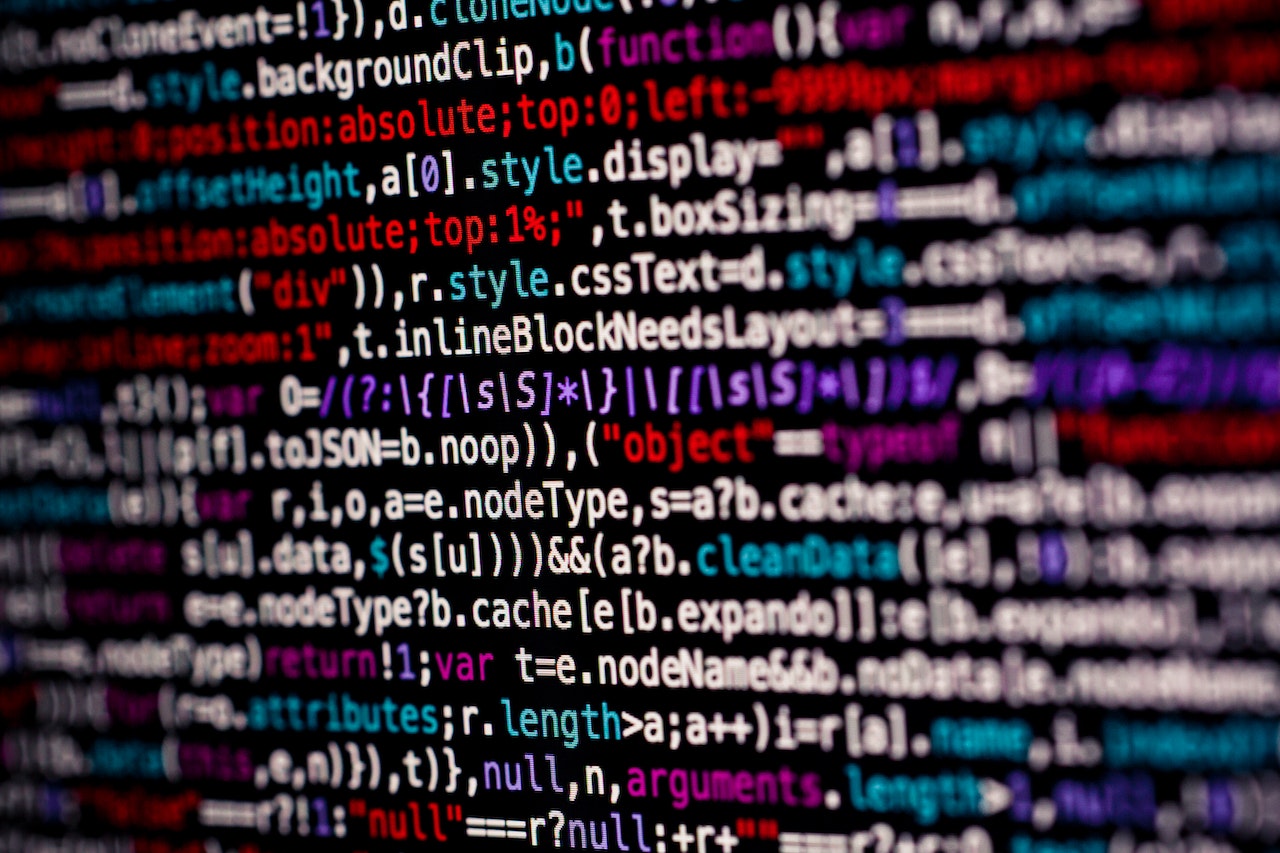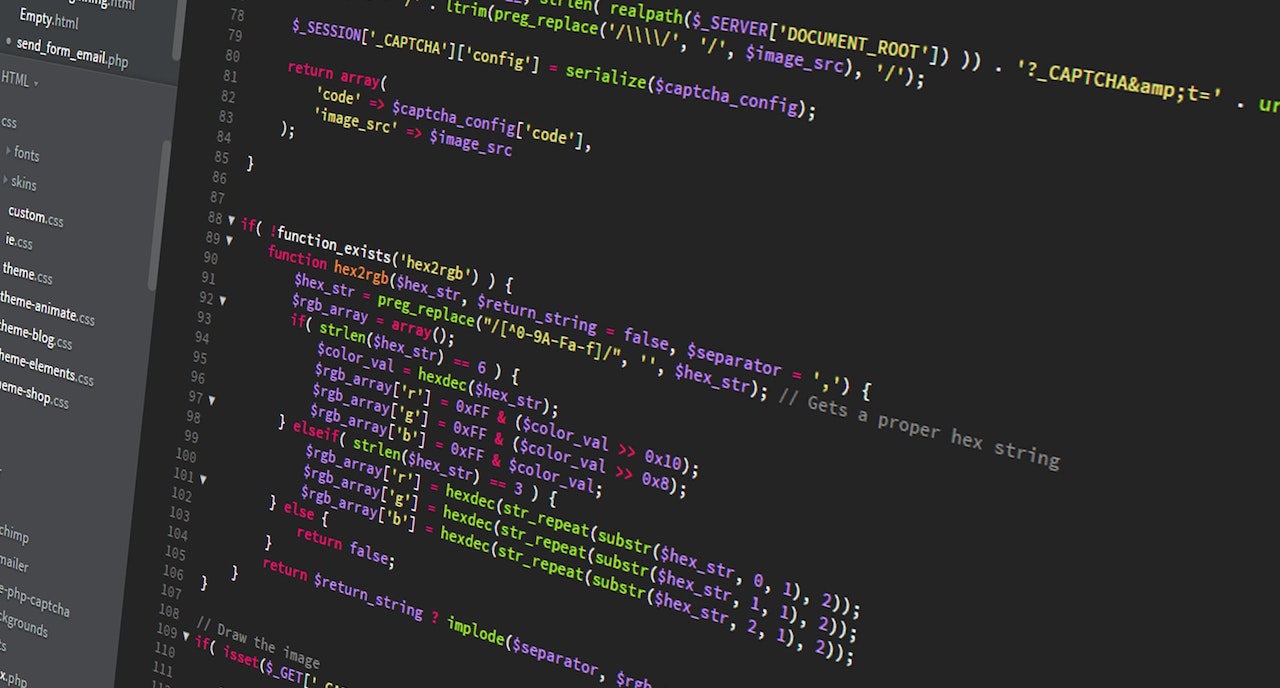Is HTML a programming language?
Published

HTML is in most cases a programming language. It is a markup language that ultimately gives declarative instructions to a computer. This is the definition of a computer program and makes HTML a programming language.
HTML (or HyperText Markup Language) is one of the most popular web development languages around, and you probably come across it every time you surf the Internet. HTML is one of the first languages you learn in Coding Bootcamp and it is essential for web applications, website design, and web pages.
However, there is an ongoing debate in the programming community about where HTML fits into the definition of a programming language. The concept of a programming language has certain criteria and many are of the opinion that Hypertext Markup Language is not a programming language. Others see the whole thing a little more broadly and have no problems defining it as a programming language. Is HTML a programming language or not?
This article gives you the facts on this debate. In this guide, you'll learn about the elements that make up a programming language and how HTML fits into the software development code family.
If you want to acquire new HTML skills or expand your existing skills, Skillshare is suitable for you. Please click here to access Skillshare's learning platform and gain new insights into a wide variety of topics.
What is a programming language?
Before you head out on your own and jump into a web development bootcamp, it's important to understand what exactly makes a programming language. Knowing what programming languages exist makes it easier to understand which languages don't meet the requirements. Much of the debate is, of course, semantic - whether HTML meets the formal definition of a programming language or not, it is used extensively on websites around the world. However, labels are important, even in the computer world.
A programming language is a collection of instructions, commands, and syntax used to create software programs. There are low-level languages that are used by computers without the need for translation. And there are high-level languages that allow developers to write programs with syntax similar to human language. High-level languages require translation so that computers can understand the instructions.
HTML is declarative
When arguing about whether HTML is a programming language, you often hear about imperative and declarative programming languages. If you are new to the developer community, this may seem a little confusing, but a little explanation is enough to understand it. First of all, an imperative language tells the computer what to do and how to do it. With declarative languages, on the other hand, it doesn't matter how the computer does its tasks, as long as the desired result is displayed on the screen.
HTML is a declarative language, and any instructions you give while using HTML follow this paradigm. When you use HTML, you tell the computer that you want to see images, but you let the development package determine exactly how it creates those images. Since you don't have to focus on the resources when working with HTML, a large part of your task is eliminated. This property makes HTML ideal for automation.
HTML is a markup language
Now that we've established a few guidelines to help us determine what HTML isn't, let's look at what it is. First of all, HTML is a markup language. Not only is it a markup language, but it is also the most widely used language in the world, closely followed by XML. It is even part of the name of both languages. Markup languages are ideal for technology novices who cannot delve deeply into computer code.
Markup languages use tags to specify definitions for the elements of a document. These tags are human-readable (a feature of a high-level language, if you recall), and they contain standard words instead of the kind of syntax you often see in programming languages. Tags allow users to define page sections and set information about the elements within each section.
HTML is not complete, but…
You may not be familiar with the concept of Turing completeness, but it is a crucial concept when it comes to whether HTML is a programming language. If a language is considered Turing-complete, it can be used to emulate Turing machines. To do this, a language must be able to actively change system states, and HTML cannot do that. However, many developers consider hybrids of JavaScript and HTML to be a single Turing-complete language.
The fact that HTML does not meet all the standards of a Turing-complete language disqualifies it as a programming language in the eyes of some people. However, using Turing completeness as the sole criterion is problematic because many of the most popular programming languages use standard regular expressions - meaning that these languages do not conform to the Turing completeness standard either.
conclusion
Although pure HTML is a markup language that cannot change system states, many consider it a programming language due to the arguments above. It still delivers instructions to the computer (a program), even if that program is not dynamic.
Here you go, dear web coding professionals. The debate over whether HTML is a programming language has been going on for years, and our guide will help you familiarize yourself with the topic. Whatever one's opinion on this question, there is no denying that learning HTML is crucial to modern web development and is as important to the Internet as any other programming language.








